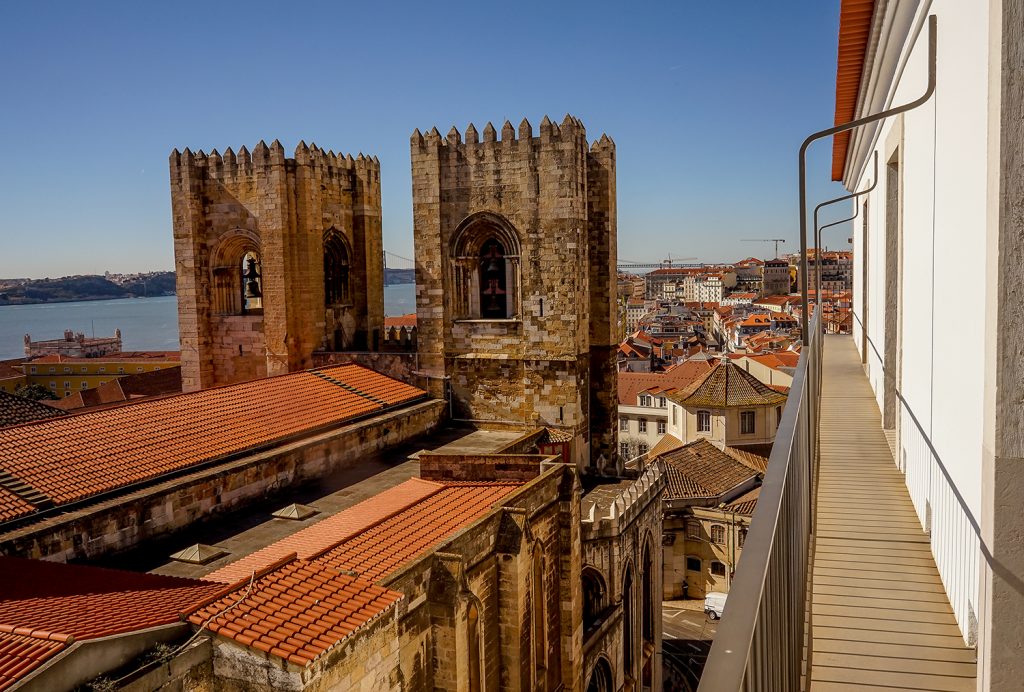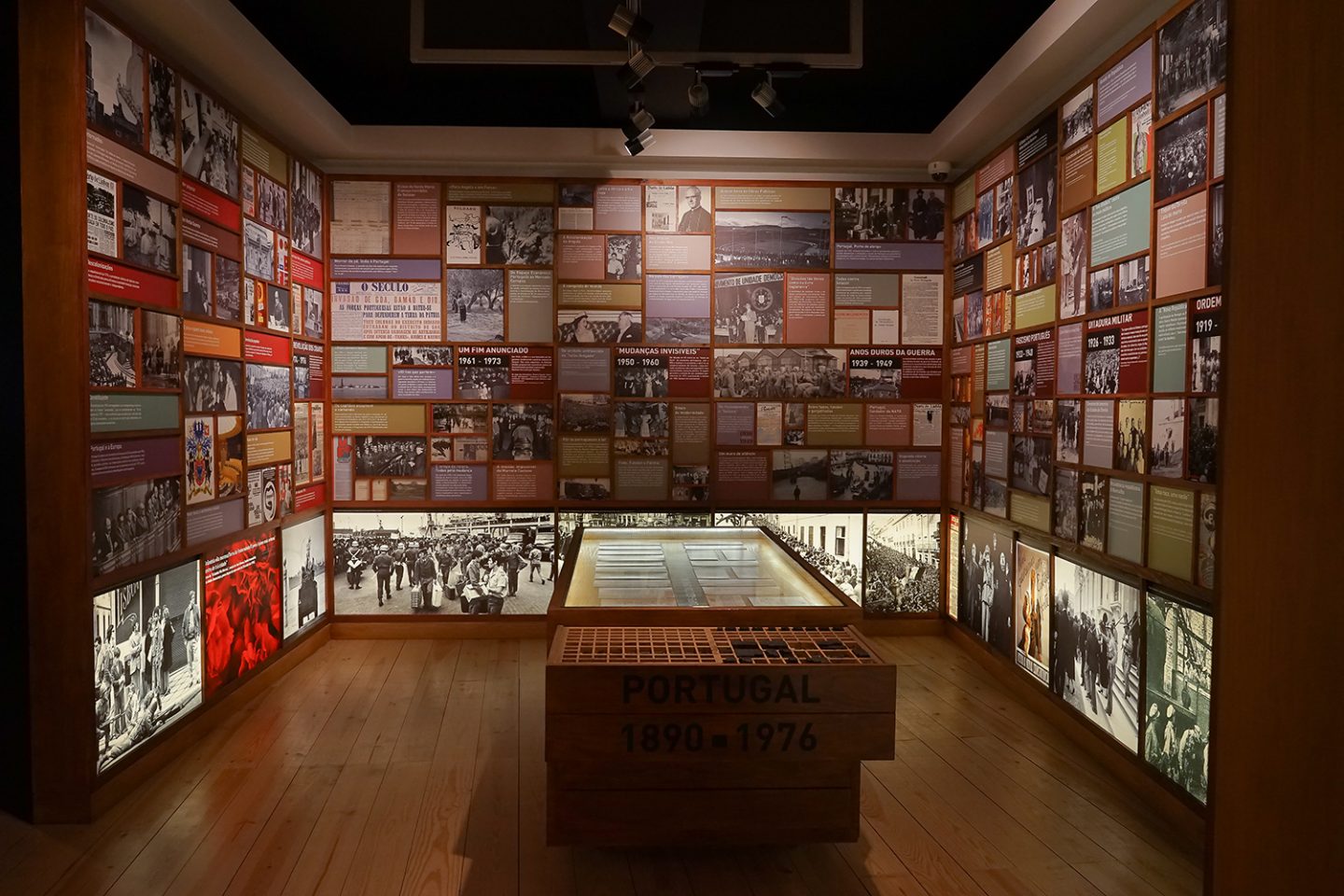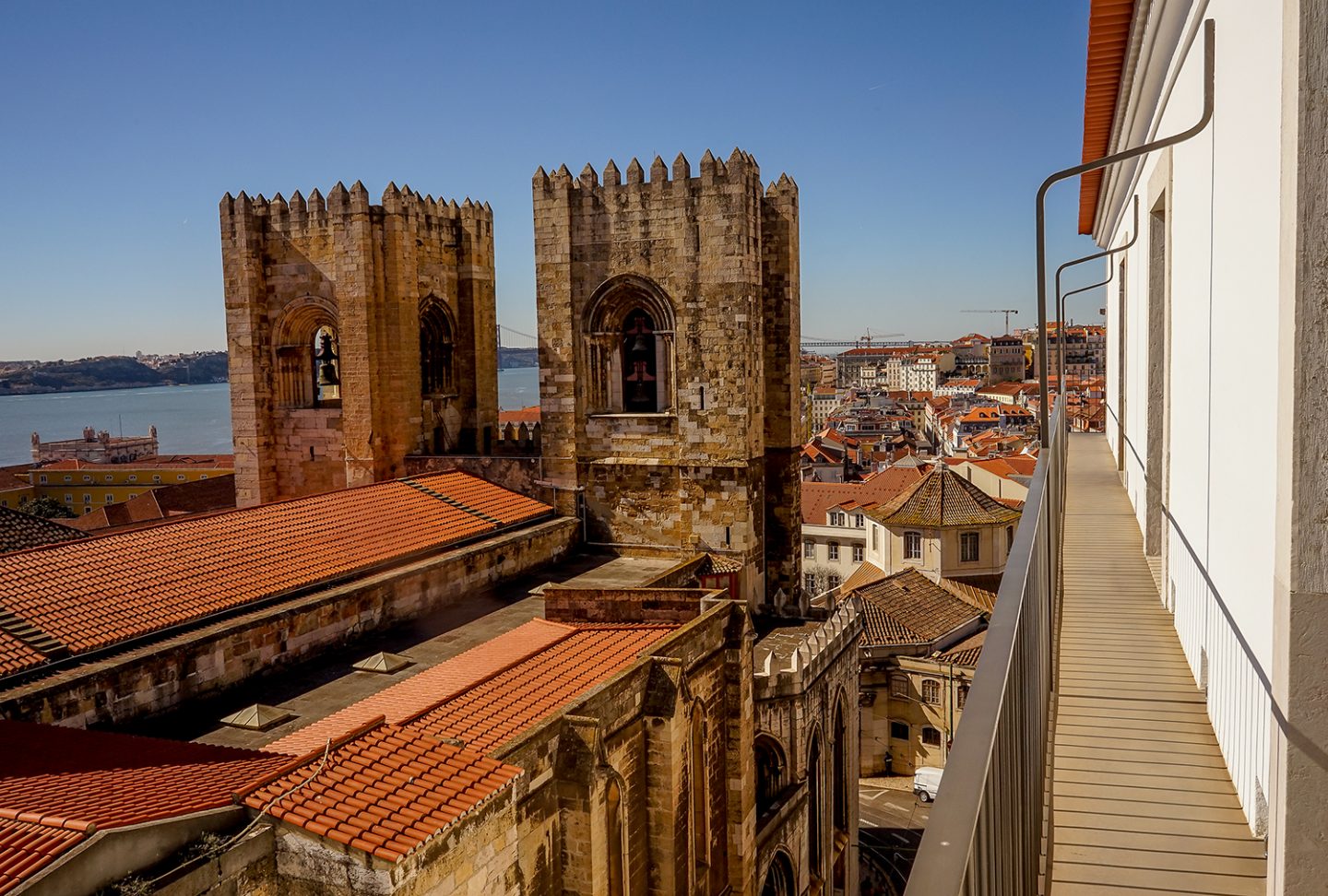Dedicated to the memory of the fight against the dictatorship and the resistance of those who fought to defend freedom and democracy, the Museum is located within the old Aljube prison, which operated as a political prison between 1928 and 1965.
Opening Hours
Tuesday to Sunday from 10am to 6pm
Last entry: 30 minutes before closing
Closed on Mondays and on January 1, May 1, December 24, 25 and 31
Online ticket office: museu-aljube.byblueticket.pt
Contacts
info@museudoaljube.pt
T: +351 215 818 535
www.museudoaljube.pt/en
Accessibility
About the space
The permanent exhibition characterizes the Portuguese dictatorship (1926-1974), its forms of repression and oppression (censorship, police and political courts), the resistance of the (semi-illegal and underground) opposition movement, the anti-colonial struggle and the 25th April Revolution in 1974. It regularly promotes temporary exhibitions, focusing on themes linked to its collection, with a parallel programme of events, where resistance in the past crosses over with the defence of citizenship and human rights in the present.
The Museum has a documentation centre, where specialised literature is available, research activities are undertaken, a document archive is held and shared, and a vast collection of testimonies of those who resisted the dictatorship is promoted. In addition to its learning program with schools and the public, other regular activities are promoted, such as guided tours, talks and film sessions followed by debates. Visitors can still see a part of the building’s structure where the museum is located, as well as an archaeological sample that was taken from its subsoil.
Inaugurated on 25th April 2015 (the day that commemorates the Portuguese revolution against dictatorship), the building’s restoration and adaptation project were overseen by architects Manuel Graça Dias and Egas José Vieira.
.












